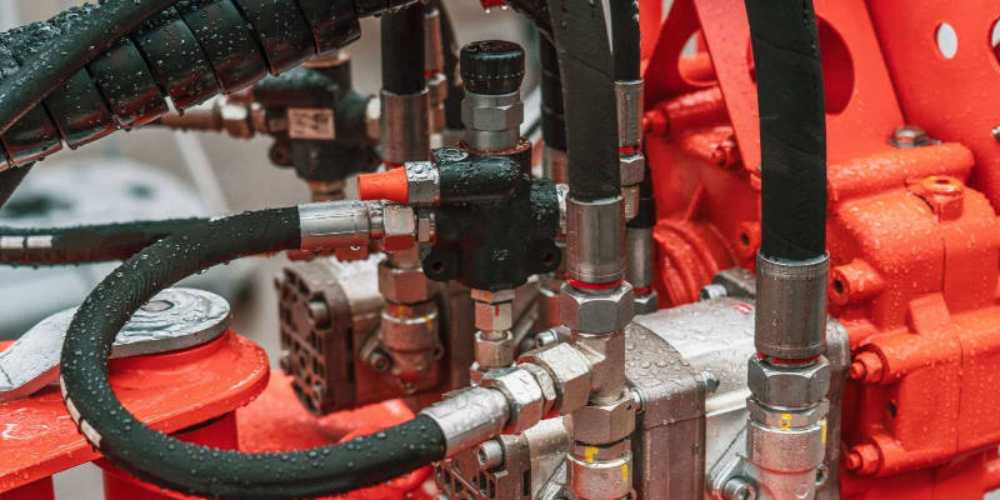
How to Choose the Right Hydraulic Cylinder for Your Application
Hydraulic cylinders are essential in countless industrial applications, providing the power to move heavy loads smoothly and efficiently. Whether you’re involved in manufacturing, construction, or any other industry requiring fluid power, selecting the right hydraulic cylinder for your specific needs is crucial. Making incorrect decisions may result in poor performance, wear and tear, or even system failure. This article will walk you through the essential considerations when selecting the best hydraulic cylinder for your application.
Understanding Your Application Requirements
The first step in selecting the appropriate hydraulic cylinder is thoroughly understanding your application’s requirements. Begin by assessing the work the cylinder will perform, including the load it needs to lift or move, the stroke length required, and the mounting position. Hydraulic Cylinders are available in different configurations, such as single-acting or double-acting, depending on whether the cylinder’s force is needed in one or both directions.
Take into account the operating environment as well. Will the cylinder be subjected to severe weather, corrosive materials, or extremely high or low temperatures? Cylinders with particular materials or protective coatings may be needed in various settings to guarantee longevity and effectiveness.
Evaluating Load Capacity and Stroke Length
One of the most critical considerations when choosing a hydraulic cylinder is its load capacity. Hydraulic products must be capable of handling the maximum weight they will encounter without compromising performance or safety. This involves not only the weight of the load but also dynamic forces like acceleration and deceleration. Select a cylinder with a load capacity that exceeds your highest expected requirements to ensure smooth operation and avoid unnecessary strain.
The stroke length, or the distance the piston travels, is another vital factor. A cylinder with an inadequate stroke length will not achieve the desired motion range, while an excessively long stroke can result in inefficiencies. Measure the required stroke length for your application carefully and choose a cylinder that fits those specifications precisely.
Considering Mounting Styles
Different mounting types for hydraulic cylinders can significantly impact how the cylinder is integrated into your system. Depending on the kind of movement needed and the available space, standard mounting techniques include flange, trunnion, and clevis mounts, each of which has unique benefits. Choosing the correct mounting method is crucial to guarantee a stable and secure fit and lessen wear on the cylinder and related parts.
Consider how the mounting will impact the cylinder’s alignment with other system components. Proper alignment is essential for effective force transfer and to reduce lateral stress on the cylinder, which can cause premature wear or failure.
Factoring in Speed and Frequency
The speed at which a hydraulic cylinder operates and the frequency of its use are essential factors in determining the right cylinder for your needs. Applications requiring rapid movements may necessitate cylinders with specific designs or features to accommodate high-speed performance without sacrificing control or precision.
Frequent usage can also affect the decision-making process. Cylinders used in high-cycle applications should be durable and capable of handling continuous operation without experiencing fatigue or breakdowns. Regular maintenance and proper lubrication can also help maintain performance in demanding conditions.
Conclusion
A thorough evaluation of several aspects, such as load capacity, stroke length, mounting type, and operating conditions, is necessary when selecting the best hydraulic cylinder for your application. You can make sure the cylinder you choose satisfies the unique requirements of your application and offers dependable, compelling performance by taking these factors into account. Your hydraulic system’s longevity and efficacy will be further increased with routine maintenance, giving you the best possible operational outcomes.
